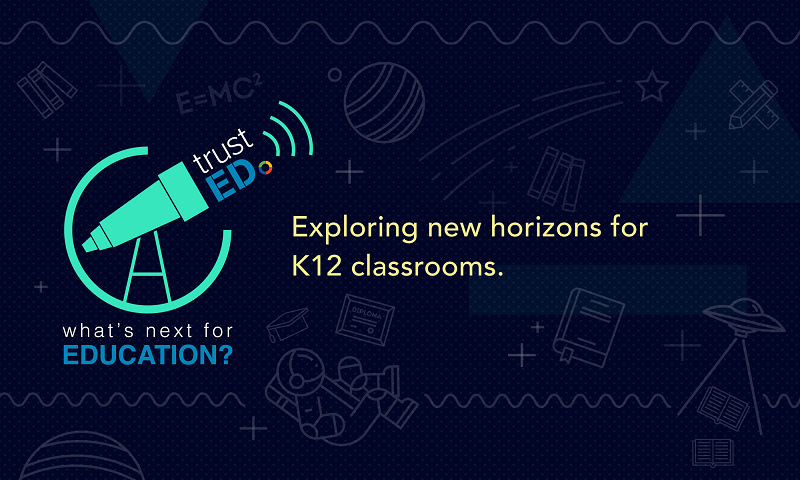
The future is what we make it.
It’s a great, aspirational thought. But, for school leaders, the reality of perpetually constricting budgets, internal politics, and shifting state and national priorities make achieving such a self-fulling prophecy difficult, if not seemingly impossible.
Forward-thinking school leaders look to overcome these challenges via innovation, collaboration, and dogged persistence.
As a former district superintendent in Louisiana and Michigan, Dr. Gerald Dawkins has been there before. He says the secret to success starts up front, with a strong strategic plan.
In this installment of our What’s Next for Education series, Dawkins spells out three goals every school district should write into its next strategic plan.
So, what’s next?
1. Find new ways to recruit high-quality teachers and build stronger leaders
We’ve all seen the numbers. Teacher recruitment and retention rates in this country are flat out abysmal.
Enrollment numbers at university schools of education–the most fertile training and recruitment ground for the nation’s K12 schools—are even worse.
Traditional teacher recruiting just doesn’t cut it anymore, Dawkins says.
One way to reignite interest in education as a career? Start identifying potential teachers sooner, as early as middle school, says Dawkins. If you can identify that interest early on, you can work to cultivate it over time, and turn interest into passion.
“There’s so much competition now for the hearts and minds of young people,” Dawkins says. “We have to show them what the rewards and benefits are to becoming an educator, beyond just compensation.”
Districts should also remember that not everyone becomes a teacher straight out of college, Dawkins says.
“We should do more to attract people currently working in other fields. That’s an untapped resource. We need to make the career transition to education a quality experience by improving our student teaching and orientation programs.”
Dawkins adds that alternative experiences–such as those acquired by military veterans or businesspeople—can provide perspective, and help schools think differently about teacher training and recruitment.
2. Ensure that schools are safe from threats, both real and perceived
Your community’s perception of a school sometimes differs from reality, Dawkins says. And if that perception is that kids are not safe, it can have crippling effects on school climate.
“In some of the most dangerous communities in our country, school zones are among the safest places for children to be. Even in affluent areas, schools provide a safe space for students to escape the fear of abuse or anxiety they might experience at home.”
Going forward, school leaders must maintain both the perception and the reality of safety. When potential threats arise—whether it’s bullying, fighting, or worse—school leaders need to address the issue quickly and effectively. And they should enlist their communities to help them solve the problem through collaboration and awareness.
3. Make sure every child has an all-day learning experience by age 4
While Dawkins thinks early-childhood education should be mandatory in school districts, we’re not there yet. Still, he says school leaders can do more to reach students earlier.
The changing demographics and diverse backgrounds of our students is a great asset to our schools, Dawkins says. But to ensure students take advantage of their schooling early on, they need to acclimate themselves to the district and the school experience.
“Home-based parenting and other community interactions are good, but we need to ensure students have a better transition from home life to kindergarten,” Dawkins says.
By age 4, children are well on their way to learning the basics of socialization and how to work and play with others. But, they can’t learn these things in isolation. That’s where a good early-childhood program can prepare students for the rigors of learning.
Do you agree with these trends? Are there others that you think should be on this list? Tell us in the comments. Or, share your thoughts on social media using the hashtag #WhatsNextTrustED.
Check out the other installments of What’s Next for Education. And stay tuned for future installments in the series.
